termite control Catalina Foothills
Understanding Termite Control in Catalina Foothills
Termite control in the Catalina Foothills is a specialized field of pest management focused on preventing, detecting, and managing termites—insects that can cause significant damage to homes and structures. The Catalina Foothills, an affluent area near Tucson, Arizona, are known for their beautiful homes and lush vegetation, which also provide ideal conditions for termite infestations. Effective termite control in this region requires a deep understanding of local termite species, their behavior, and the best practices for protection and treatment.
Global Impact and Trends
Termites are a global concern, affecting habitats across various climates. In Catalina Foothills, the impact is particularly significant due to the high value of real estate and the prevalence of termite activity. Internationally, the rise in urbanization and climate change has led to an increased focus on sustainable and integrated pest management (IPM) strategies for termite control. Trends indicate a shift towards eco-friendly and less toxic methods of termite elimination, reflecting a global move towards environmental sustainability.
Economic Considerations
The economic implications of termite control are substantial. In Catalina Foothills, property owners invest significantly in prevention and treatment to protect their assets. The industry for termite control is a multi-million dollar market, with demand driven by the need to safeguard homes against structural damage. Economically, termite control is not just about repairing damage post-infestation but also about reducing long-term maintenance costs and insurance premiums through proactive management.
Technological Advancements
Recent technological advancements in termite control have revolutionized the way infestations are detected and managed. Innovations such as advanced detection sensors, heat treatment technologies, and environmentally friendly bait systems have improved both the efficiency and effectiveness of termite control measures. The future of technology in this field promises even more sophisticated solutions, including drone surveillance and AI-driven predictive analytics for termite activity.
Policy and Regulation
Local, state, and federal regulations govern termite control practices to ensure they are safe and effective. In Catalina Foothills, policies often emphasize the use of least-toxic pest control methods and encourage homeowners to engage in regular inspections and maintenance. Regulations also dictate the proper disposal of termite-infested wood and the certification of professionals in the field. Compliance with these regulations is crucial for protecting both public health and the environment.
Challenges and Criticisms
Termite control faces several challenges, including resistance to chemical treatments, environmental concerns over the use of pesticides, and the need for ongoing public education. Critics argue that some conventional methods may be harmful to non-target species and can have unintended ecological impacts. To address these issues, the industry is investing in research and development of alternative solutions, such as natural predators or microbial treatments that are less disruptive to ecosystems.
Case Studies
Several case studies illustrate the successful application of termite control measures in Catalina Foothills. One notable example involves a historic estate that was under threat from an extensive subterranean termite colony. By implementing a combination of soil treatment and monitoring stations, the infestation was eradicated without causing harm to the surrounding landscape or the home’s precious architecture.
Future Prospects
The future of termite control in Catalina Foothills is promising, with advancements in technology and a growing commitment to sustainable practices. The integration of biological solutions, improved monitoring technologies, and community education programs will likely play a significant role in the future of this field. As awareness of termites’ ecological importance grows, so too does the potential for developing harmonious solutions that protect homes while respecting the environment.
Conclusion
Termite control in Catalina Foothills is a complex issue that requires a multifaceted approach, combining technological innovation, regulatory compliance, and sustainable practices. The economic, environmental, and social impacts of termites necessitate ongoing vigilance and proactive management. Through collaboration among homeowners, pest control professionals, and researchers, the challenges posed by termites can be effectively mitigated, ensuring the preservation of both property and natural resources in this beautiful region.
FAQ Section
-
What are the most common types of termites found in Catalina Foothills?
- The most prevalent species include the dampwood termite, drywood termite, and subterranean termite. Each has distinct behaviors and requires specific control measures.
-
How can I prevent termites from infesting my home in Catalina Foothills?
- Prevention involves regular inspections, maintaining proper ventilation, keeping wood away from your home’s structure, and ensuring that gutters and downspouts direct water away from the foundation.
-
What are the least-toxic termite control options available?
- Eco-friendly options include bait systems, soil treatments with less toxic chemicals, and natural predators like nematodes. Biological controls such as fungi that infect termites are also being explored.
-
Are there any environmental concerns with conventional termite control methods?
- Yes, conventional methods such as chemical treatments can pose risks to non-target species and the broader environment. Efforts are underway to develop more targeted and less harmful alternatives.
-
How does the climate in Catalina Foothills affect termite activity?
- The warm and humid climate of Catalina Foothills is conducive to termite activity, as it provides optimal conditions for their survival and growth.
-
What role do pest control professionals play in termite management?
- Professionals conduct inspections, diagnose infestations, implement treatment plans, and provide ongoing monitoring and maintenance to prevent re-infestation. They are also responsible for ensuring compliance with local regulations and safety standards.
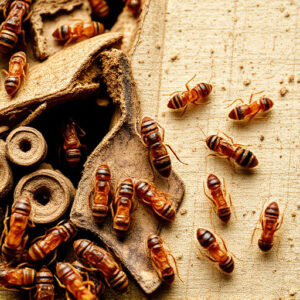
Cost-Effective Termite Prevention in Tucson Foothills Homes
Termites in Catalina Foothills pose significant structural threats due to their preference for warm,.......
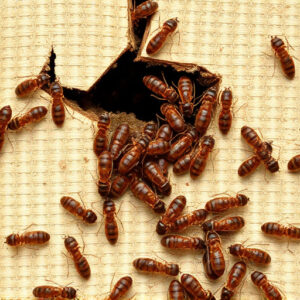
DIY Termite Prevention: Tucson’s Catalina Foothills Guide
Homeowners in Catalina Foothills, Tucson, Arizona, face significant termite challenges due to the lo.......
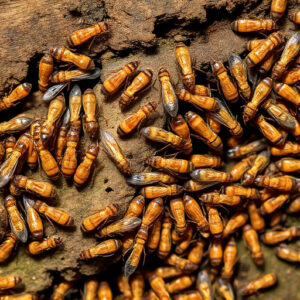
Best Termite Bait for Tucson Properties: Effective Control Secrets
Understanding termite behavior is crucial for effective termite control Tucson. Termites thrive in m.......
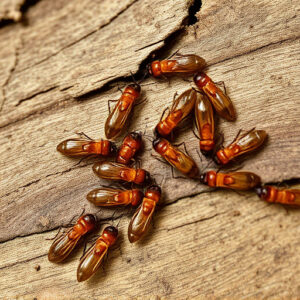
Professional Termite Control Tucson: Protect Your Home Now
Termites pose a significant threat to homes in the Catalina Foothills region due to Tucson's wa.......
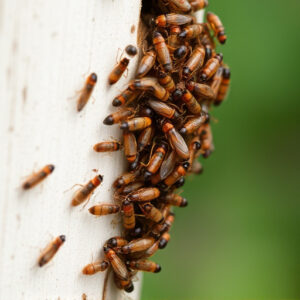
Eco-friendly Termite Control: Tucson Foothills Homeowners Guide
Termites in Tucson's Catalina Foothills thrive in moist wood environments. Preventative measure.......
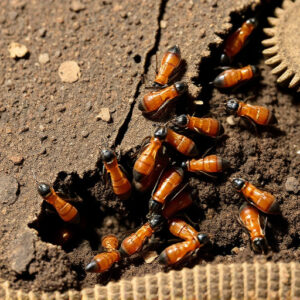
DIY Termite Control: Tucson’s Catalina Foothills Guide
Termites pose a significant threat to homes in Catalina Foothills, Tucson, Arizona. Homeowners can c.......
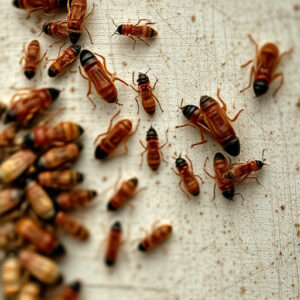
Seasonal Termite Prevention Tips for Tucson Homes
Termites thrive in Tucson's climate due to moisture and wood, with proactive prevention crucial.......
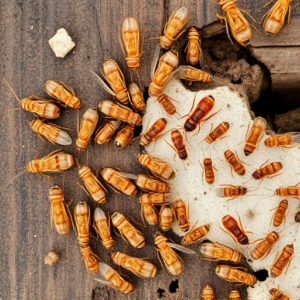
Natural Termite Prevention in Tucson Homes: Expert Strategies
In the Catalina Foothills region of Tucson, understanding termite behavior is key to effective termi.......
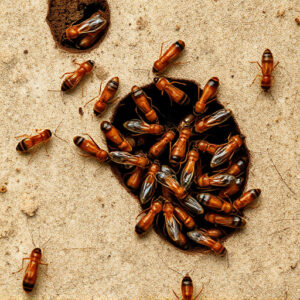
DIY Termite Prevention for Catalina Foothills Homes: Tucson Control Guide
In the Catalina Foothills region of Tucson, understanding termite behavior is key to effective termi.......
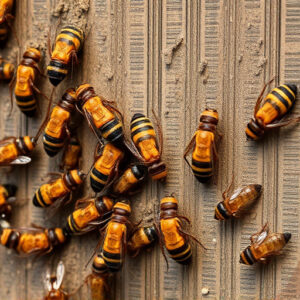
Seasonal Termite Prevention: Tucson Tips for Catalina Homes
Termites in Tucson, Arizona pose significant property threats due to the region's warm, moist c.......